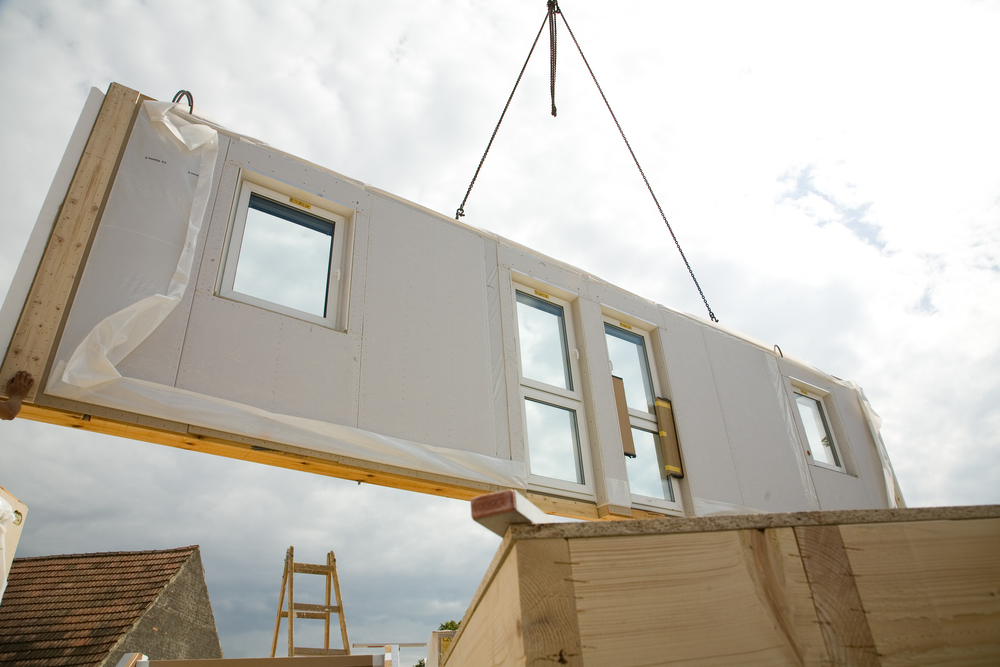There’s a new trend in the construction industry, modular construction, for buildings. Modular construction is a type of building process where buildings are made up of individual sections or “modules” that are construction off-site at a manufacturing facility and brought to the building site to be assembled together with finishing touches added afterwards.
Why use modular construction though? The biggest difference between traditional construction and modular construction is how/where the building is assembled. Buildings built using modular construction are actually often completed 30-50% faster than conventional structure typically are.
“The difference is that 60% to 90% of modular buildings are completed offsite in a controlled production environment, including all MEP, fixtures, and interior finishes,” says Tom Hardiman, executive director of the Modular Building Institute (MBI).
How does Module Construction work?
The modules are assembled at the factory but while they’re being produced the site work can begin at the same time saving the company a lot of time and money in the long run. Once the modules are ready, they are shipped to the site and fastened together. The final state focuses mainly on completing exterior systems like cladding, roofing, as well as internal spaces like lobbies, stairwells, and elevator shafts.
“These are custom-designed commercial building just like their site-built counterparts,” says Phil Slingerland, COO of Warrior Group, a firm specializing in modular construction. “Using PMC does not change the design, structural system, or finish materials options available to the owner and architect. The only difference is in the method of construction.”
The modular construction process is often compared to LEGO bricks as each piece the the building fits together perfectly with the next piece. The individual modules are typically between 8’ and 14’ feet wide so they can be transported to the building site with ease.
Top 3 Reasons to consider Modular Construction:
- Versatility – Modular construction bricks can be easily expanded, relocated, or reused giving them the flexibility to adapt to future expansions.
- Quick Installation – Modular Construction components are made for a quick and easy installation process.
- Reduced Construction Labor Costs – A quick installation provided by using modular construction will result in a lower cost in labor when compared to conventional construction.

